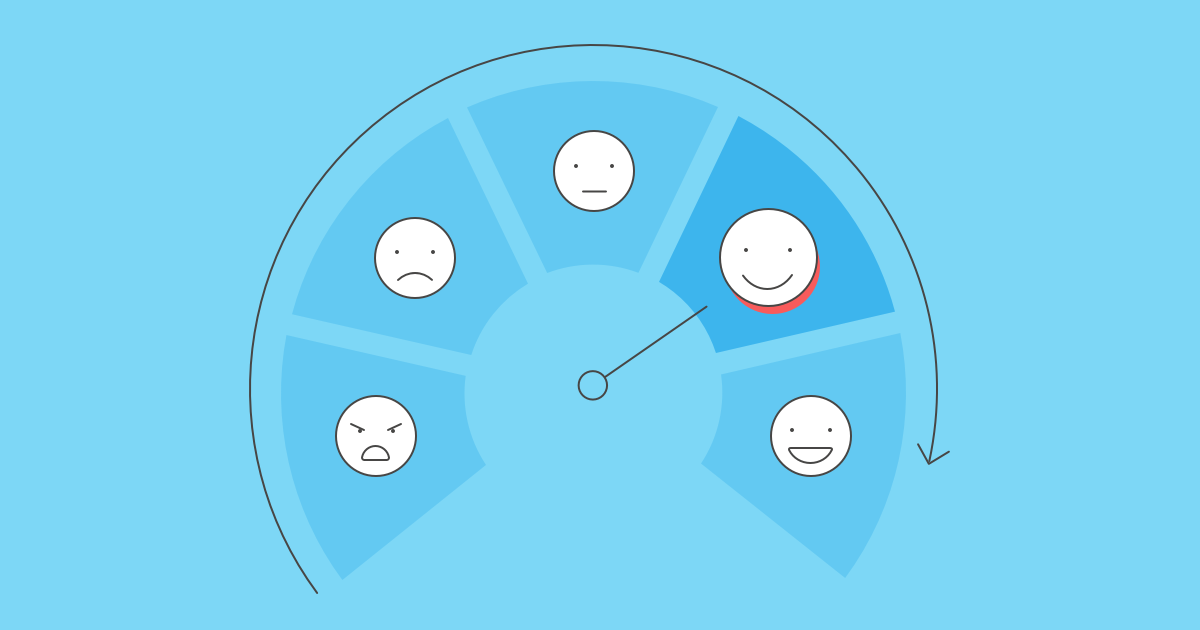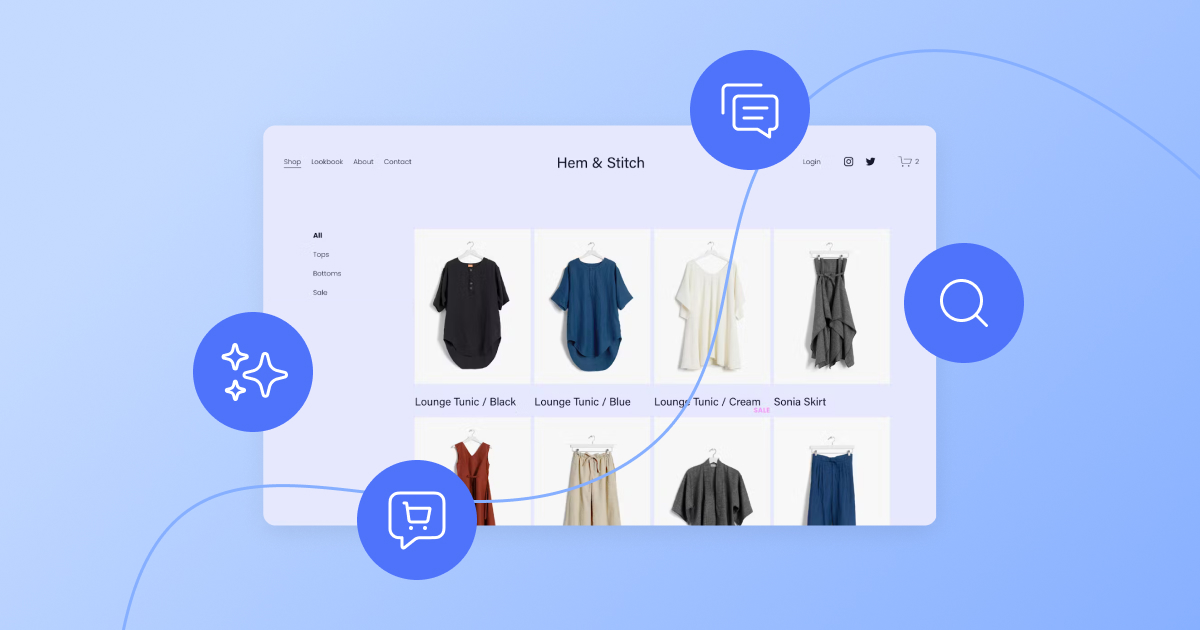This article was written by Project Manager and B2B Copywriter, Lee Li Fang.
No matter what industry a company is in, customer satisfaction is one of the most important measurements of success. The best way to ensure that your company is succeeding in this area is to collect and monitor customer opinions and sentiments.
Insights into customer satisfaction can help your brand develop better products, create breakthroughs in service delivery, attract ideal customers, and optimize business operations. It can also assist your company with developing and, most importantly, maintaining positive customer relationships.
In this article, we will discuss the most common measurements of customer satisfaction, how this data is collected, and why these metrics matter to the success of a company.
Online customer reviews
This one may seem obvious, but it’s one of the most important measurements of customer satisfaction. Common online review platforms – such as Yelp or Google – employ their own metrics for how your company meets customer expectations. Typically, these are rated as stars, with 5 stars being the best rating and 1 star being the worst.
Studies show that the majority of people read reviews before visiting a business, and among 18-34-year-olds, 91% of those surveyed trust reviews as much as personal recommendations. For this reason, encouraging your customers to leave reviews after they purchase your product or service is integral to attracting more customers.
In fact, some may say that no reviews is even worse than negative reviews. A company with no reviews seems new, inexperienced, and unattractive to the average customer. This is one of the reasons why influencer marketing has grown in popularity. When customers see that their favorite celebrity or online influencer endorsed a product, they are much more likely to try it out.
Negative reviews present opportunities as well. They can be used as a customer retention tactic and give your company insight into what areas can be improved. Ensuring that your company responds to negative reviews with an offer to make it right shows people how your company handles potential customer service issues. In fact, handling a negative review well can instill just as much confidence as a positive review.
Churn rate
Enhancing customer retention can be even more important than attracting new customers. In fact, acquiring a new customer can cost 5x more than retaining an existing customer. To calculate how well your company is at retaining existing customers, you can use a formula that will show you your company’s churn rate.
According to Qualtrics, that formula is:
(Lost Customers ÷ Total Customers at Start of Chosen Time Period) x 100
For example, let’s say you want to measure your churn rate for the month. At the beginning of the month, you have a total of 100 customers. By the end of the month, you lost 15 customers. Your churn rate would be (15 / 100) x 100 = 15% churn.
Churn rate is critical because it can help companies understand why customers leave and even indicate times of the year when churn rate is highest. Marketers and sales teams can then make meaningful decisions regarding new promotions or develop customer activation strategies based on the insights. It can help you better nurture your existing customers and turn them into valuable brand promoters.
Churn rate can help your company understand the patterns that lay behind churn that they otherwise wouldn’t have known. For example, a company may have a high-rated product and stellar customer service, but perhaps they notice that their churn rate is highest around the same time customers pay their bill.
After some investigation, they discover that the issue isn’t the product or its pricing at all, but rather an invoicing system that is time-consuming and inconvenient. Choosing high-quality invoicing software that comes with crucial features like recurring payments for repeat customers can help mitigate a high churn rate during that time of the customer journey.
Customer Effort Score
These days, customers expect the buying process to be easier than ever before. Not only do they expect to be able to get all the information they need to make a quick purchase, they also want deliveries to come at lightning speeds and with overall little effort on their part. Without question, customers who describe a transaction as being cumbersome and time-consuming will be much less likely to buy again.
An easy way to measure and reduce customer effort is through determining your Customer Effort Score (CES), typically gathered through CES surveys.
Reducing customer effort is important for easing the online and in-person shopping experience, your self-serve support solutions, the return process, etc. CES surveys make it easy to capture sentiments at specific interactions with your brand so you know exactly where to take action and correct the customer experience.
Net Promoter Score
Just like customer reviews, word-of-mouth referrals are very important if you are looking to expand your customer base. The best way to get insight regarding how many of your customers are promoting your products or services is by calculating the Net Promoter Score (NPS), usually with a post-purchase survey. You can send a customer survey through multiple distribution channels and ask customers to rate how likely they are to recommend your company on a scale from 0 to 10.
Customers that respond with a 9-10 display a high level of customer loyalty and are likely to share your brand with their friends and family. Customers who are loyal to your brand represent a huge marketing opportunity because prospects are much more likely to buy from companies recommended to them by people in real life.
Customers who respond with a 7-8 are considered “passive,” as they don’t dislike your company, but they won’t necessarily try to convince people to buy from you either. Customers considered “detractors” are those that label companies with a 6 or lower.
To calculate your NPS score, take the percentage of your detractors (those who scored 6 and lower) and subtract them from the percentage of your promoters (those who scored a 9-10). Net Promoter Score can help you predict churn and learn more about customer loyalty throughout the customer journey.
Customer Satisfaction
Customer Satisfaction Score (CSAT) is a simple rubric that asks your customers to rate their satisfaction on a 3 or 5-point scale and the CSAT score ranges from 0-100. After sending out the CSAT survey question, you can calculate your CSAT score by dividing the number of satisfied customers (scores 4 or 5 on a 5-point scale) by the total number of responses, and multiply that number by 100. For example, if you have 100 customer responses and 90 of them indicate satisfaction, your CSAT score is 90%.
CSAT surveys are not only great tools for measuring general customer satisfaction but also for measuring satisfaction specifically with customer service team interactions. Continually improving your customer service strategy with real-time insights can build confidence not only with your customers but with your support team members as well.
Conclusion
Actively measuring customer satisfaction through a variety of metrics can help your company stay ahead of potential issues. It enables your business to consistently optimize its services and offers insight that can guide product development, employee training, and operational procedures. Staying attuned to customer feedback is the most important focus a company can have if they want to scale their customer bases and reach new heights.
About Lee Li Fang
Lee Li is a project manager and B2B copywriter with a decade of experience in the Chinese fintech startup space as a PM for TaoBao, MeitTuan, and DouYin (now TikTok).







